Top 4 Causes of Tire Cord Showing On Outside
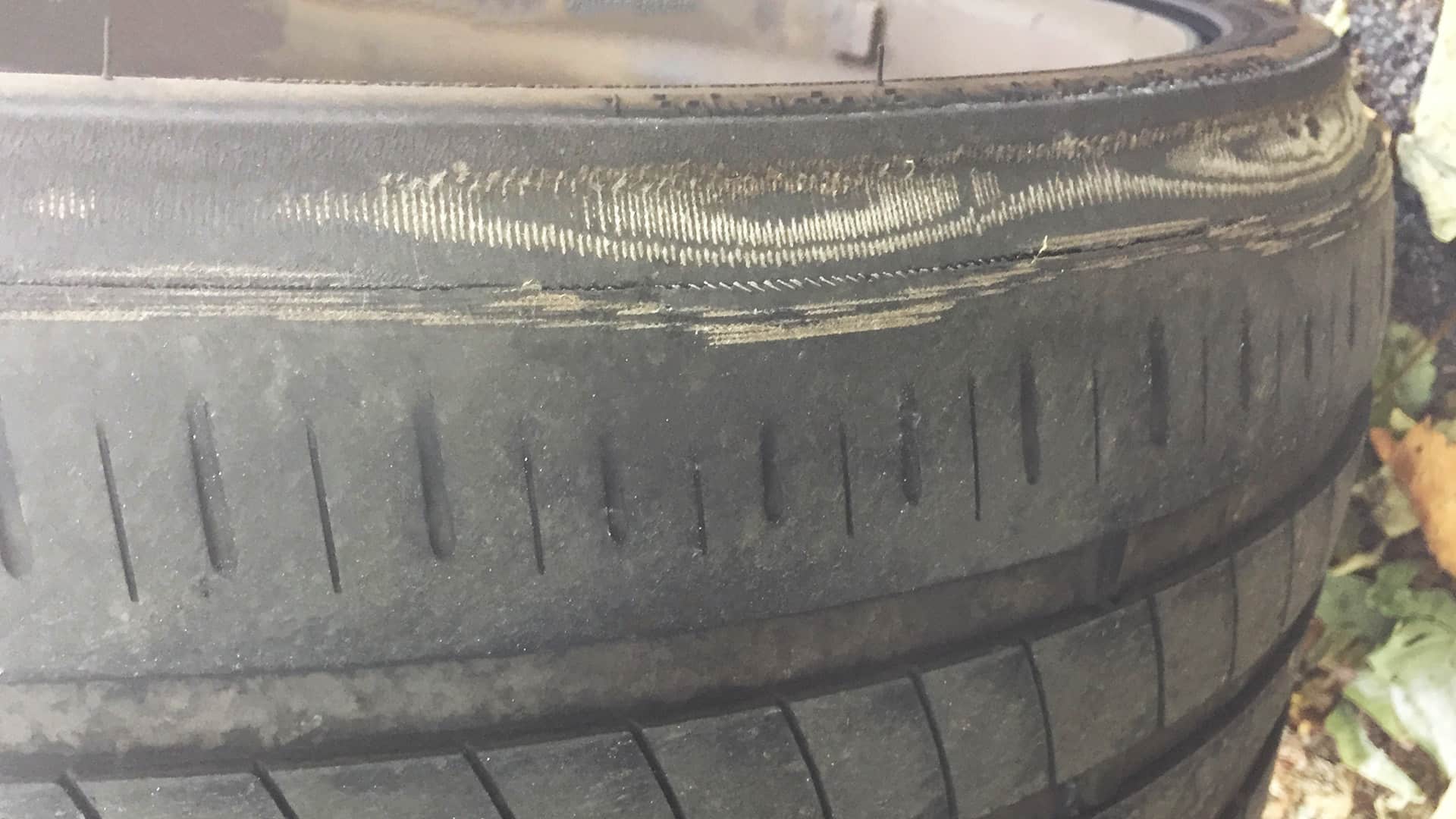
Tire cords are the backbone of your tire – providing strength and durability to keep your ride smooth and safe. But what happens when these cords start showing?
In this article, we’ll explore the causes of cords showing on tires and the dangers of driving with them. We’ll also provide some tips on how to prevent cords from showing in the first place, so you can stay safe while cruising down the road!
Key Takeaways: Tire Cord Showing On Outside
Why Do Tires Have Steel Cords
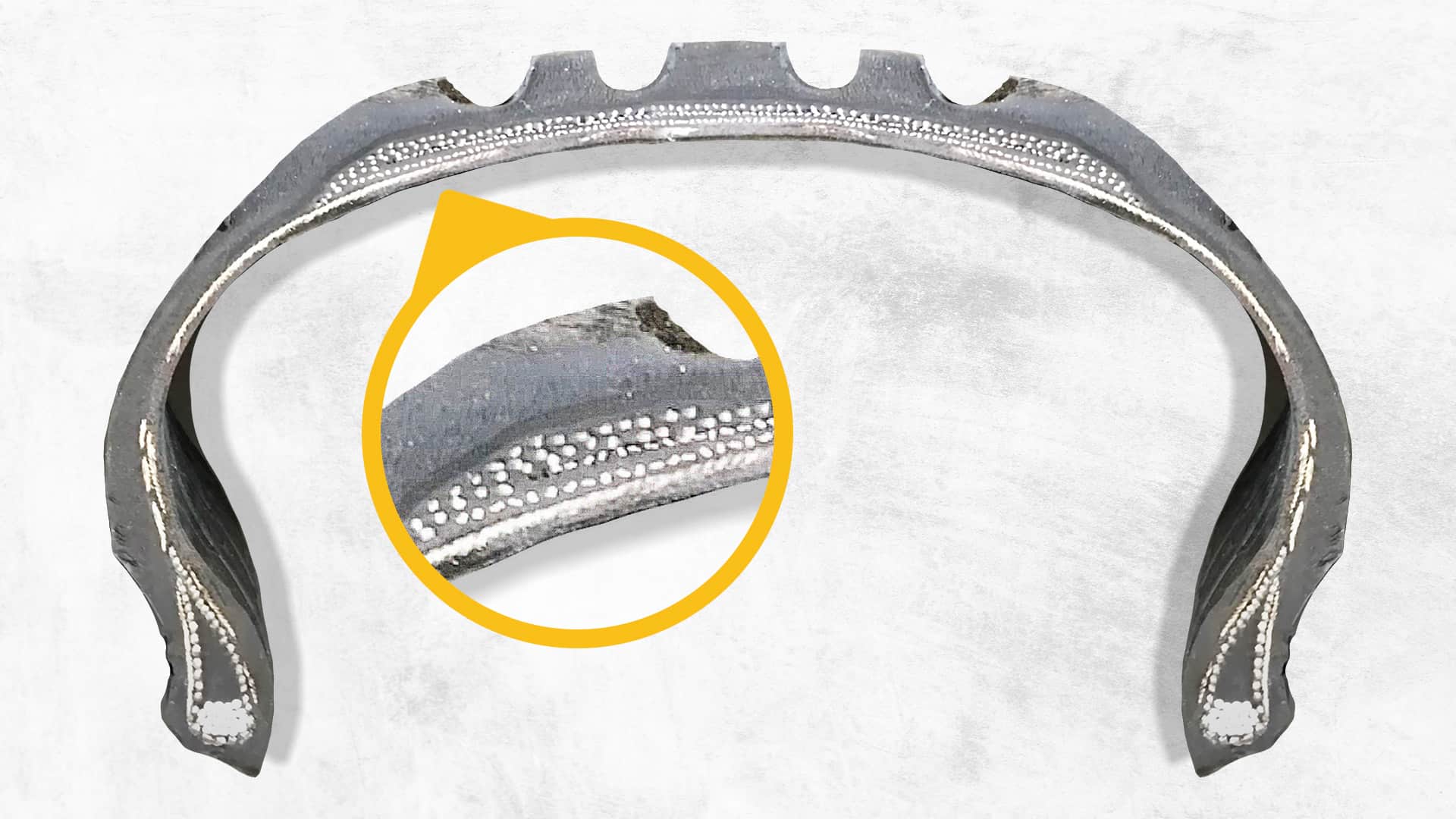
Cords in tires are basically the internal framework that keeps your tires strong and durable. They’re usually made of materials like polyester, steel, or nylon, and they help to maintain the shape of the tire while it’s in use.
Without these cords, your tire would be all wobbly and weak – not a good combination when you’re cruising down the highway!
As a tire wears down or gets damaged, the first layers to become visible are the crown plies, cap plies, and steel belts. These crucial layers sit below both the tire tread and sidewalls, which means they usually have a lot of rubber protecting them. But as time goes on and the tire experiences wear and tear, these protective layers can get worn away or even punctured, exposing the underlying structure.
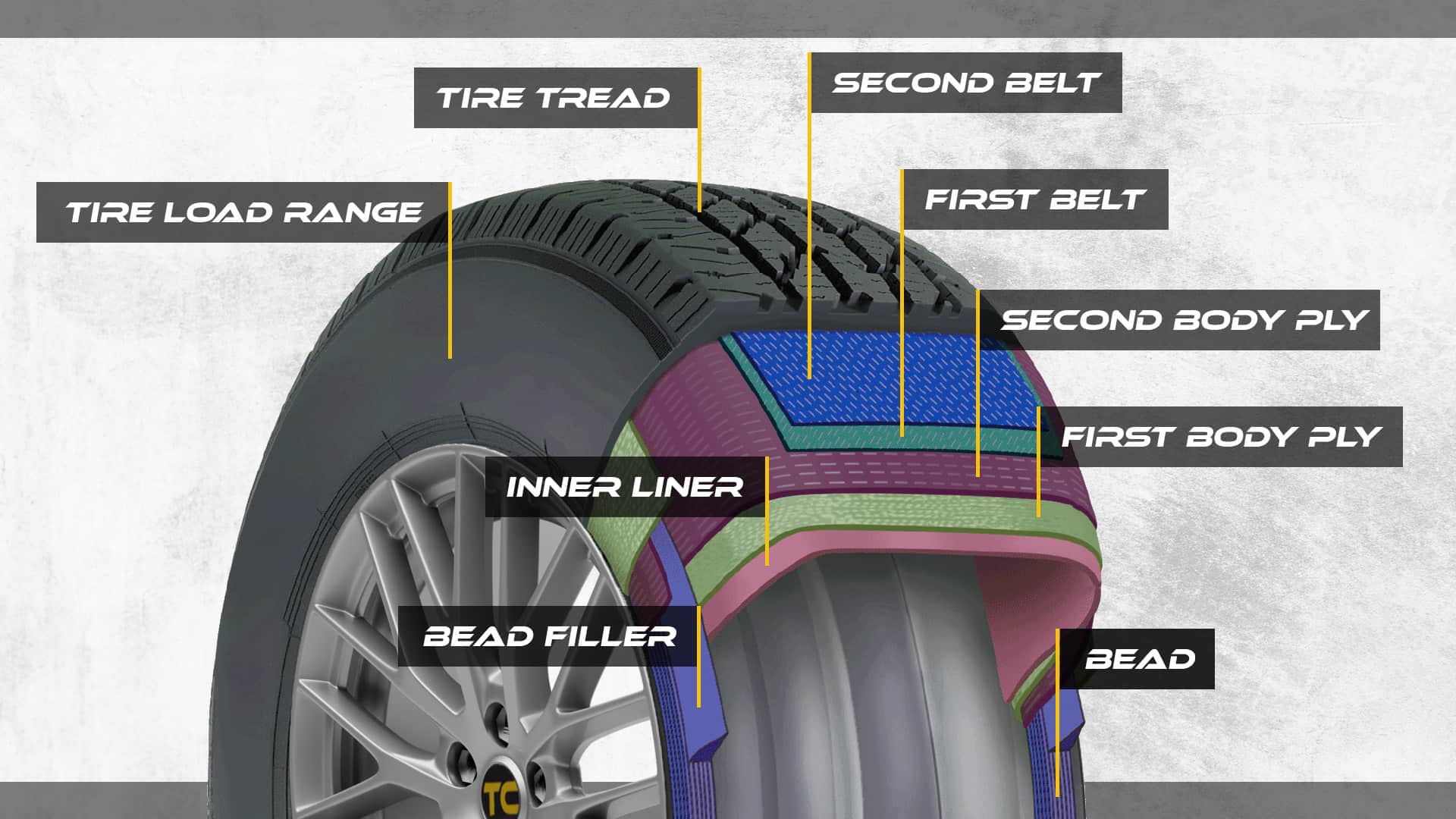
If this happens, it’s important to get the tire checked out right away – because once those crown plies start to fray, you could be in for some serious trouble!
What Causes Cords To Show On Tires?
Incorrect Tire Pressure
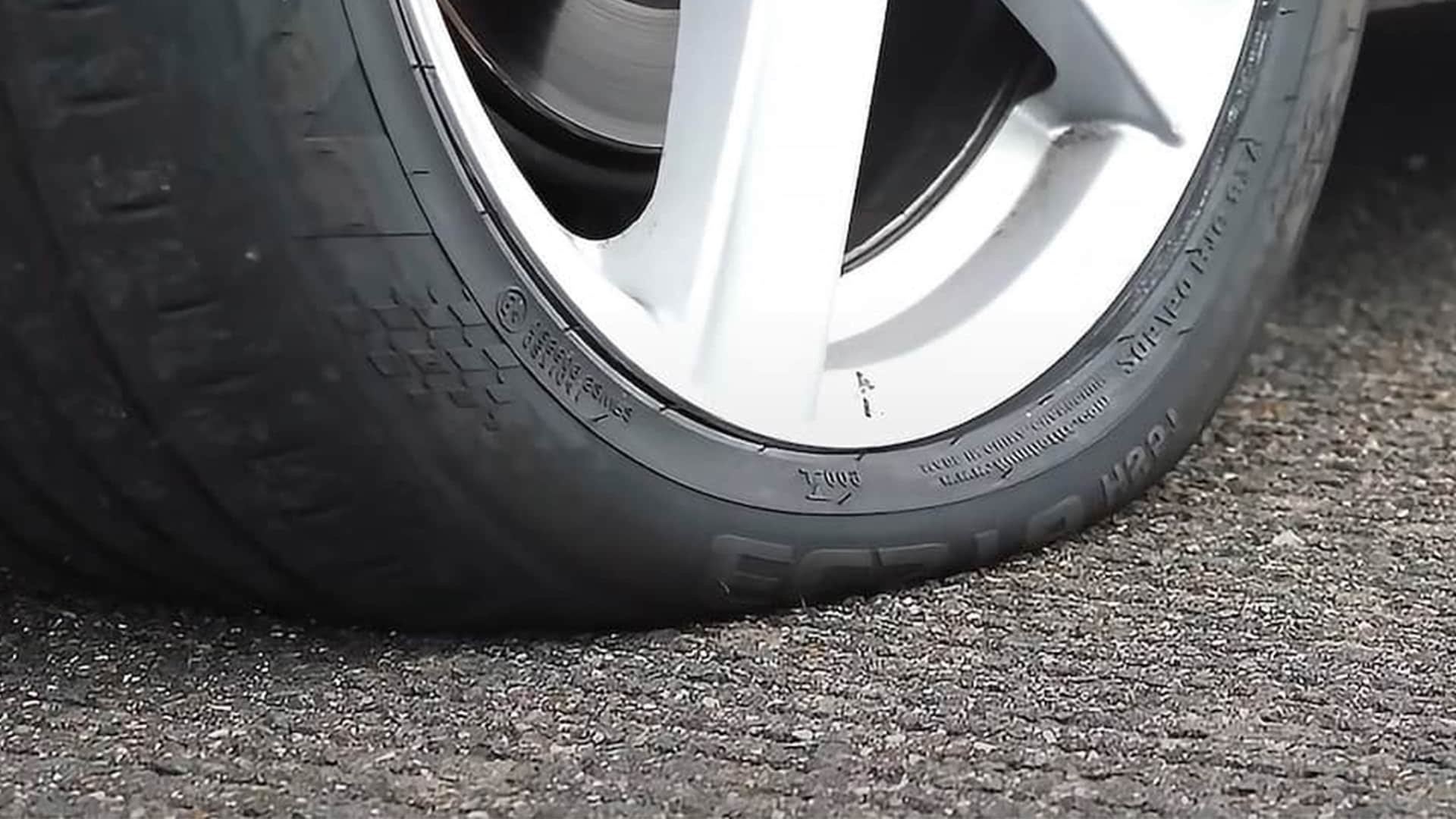
Incorrect Tire Pressure is usually the culprit that causes cords to show on tires. When the tire pressure is too low or too high, it puts uneven pressure on the tire. Over time, this can cause excessive wear and tear on certain areas of the tire, causing the cords underneath to become exposed.
According to the United States Department of Transportation, only 19% of consumers properly inflate their tires. This means that many passenger vehicle owners drive around with inadequate tire pressure which leads to uneven tread wear on the sidewall edges of your tires.
Wheel Alignment
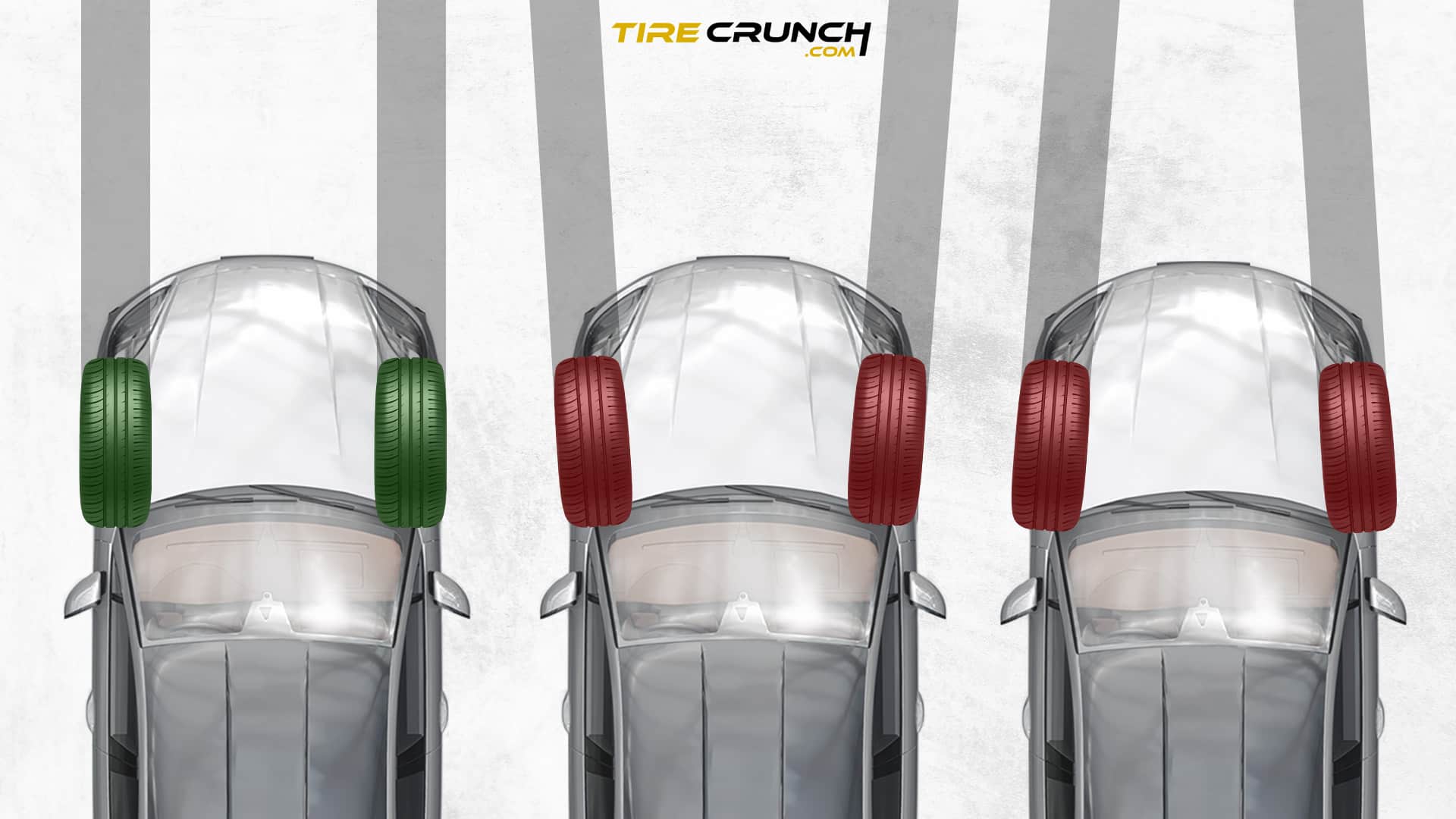
Wheel alignment is also a common cause of premature tire wear. Same as with the incorrect tire pressure, when your wheels are not properly aligned, it puts uneven pressure on the tire. This can cause excessive wear and tear in certain spots, eventually exposing the cords underneath.
When your wheels are not properly aligned, you may notice things like your vehicle pulling to one side or your tires squealing when turning corners. Have your wheel alignment checked periodically – usually every 10,000 miles or once a year – or whenever you notice any abnormal driving behavior.
Not Monitoring Tread Wear
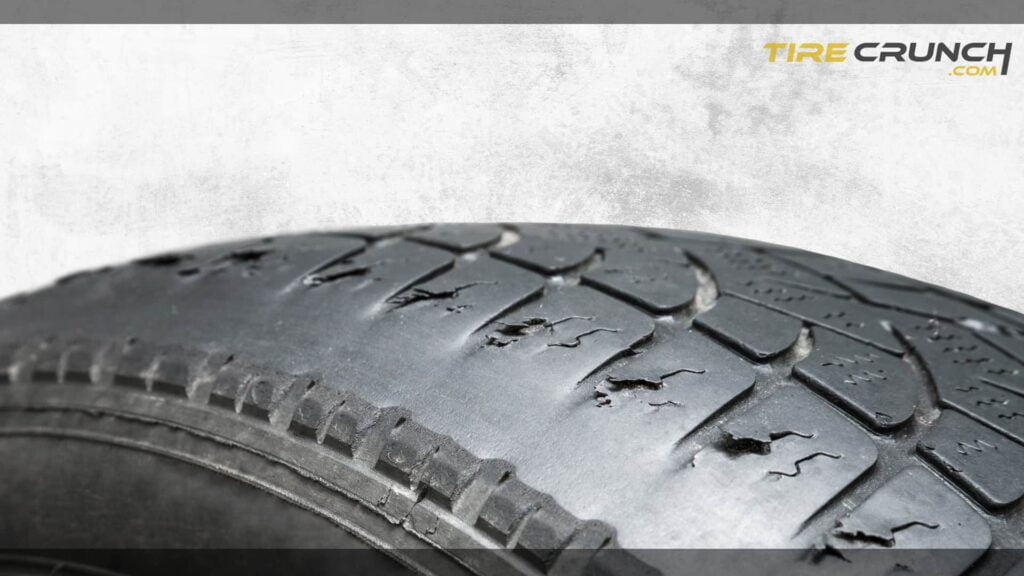
If you don’t monitor the tread depth on your vehicle, you could end up continuing to drive on tires that are far beyond the point of needing to be replaced.
If this happens, you could end up wearing them down until there are structural wires and cords showing.
Road Hazards
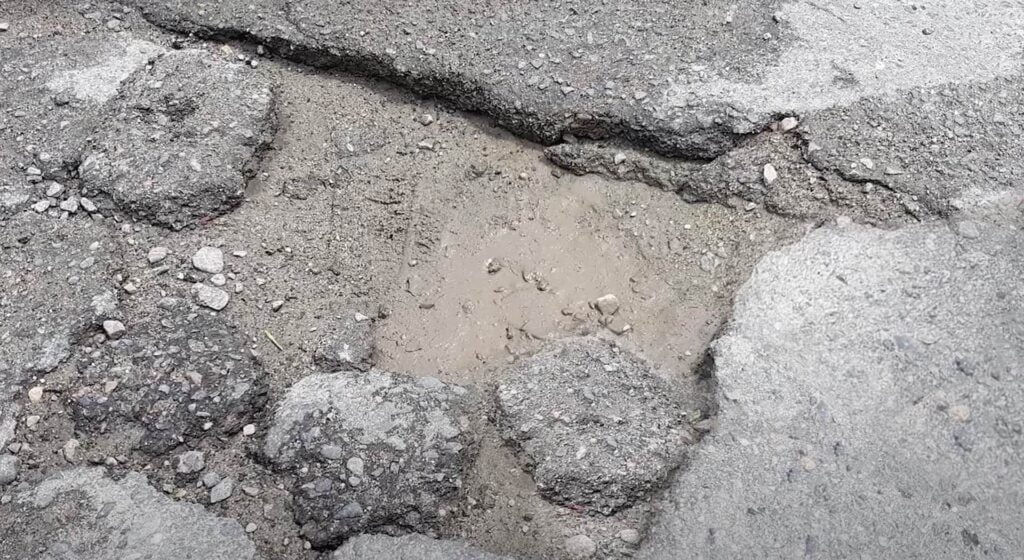
It is also possible for potholes, curb strikes, and road debris to cause damage to your tires that can expose synthetic and steel cords on sidewalls and tread surfaces.
How Long Can You Drive On Tires With Cords Showing?
If your tires have wires showing, it means they’re beyond the point of just needing a little air or a patch-up job. There’s no rubber left and the outer casing has been worn through.
Basically, you’re driving on the last shreds of your tire’s structural integrity.
Depending on where you live, driving with wires showing can even land you in trouble with the law – meaning a ticket or having your car towed away. But that’s not even the worst part: as soon as those wheels start moving, you’re at risk for a full-blown blowout – and that could mean disaster if it happens while you’re going at high speeds.
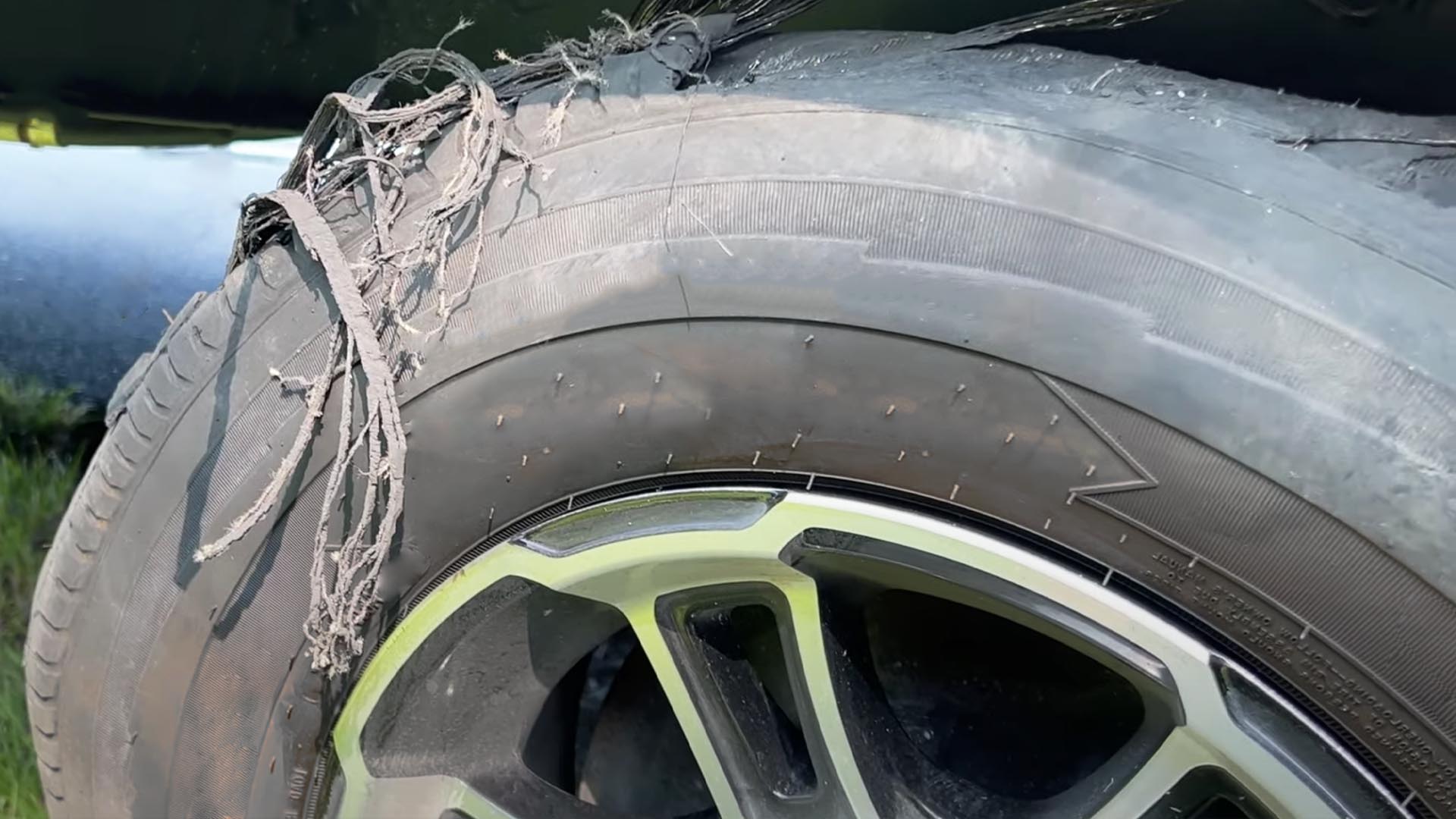
Can You Repair A Tire With Showing Cords?
Unfortunately, if you have a tire with cords showing on it, there is no way to fix the tire. The cords are part of the tire’s structure and lie beneath the rubber layer supporting it. If you can see wires poking through, this means that your tires have been worn down to an extremely unsafe level and need immediate replacement.
Driving with a tire showing wires puts you at risk for a blowout or puncture while driving. It could also reduce your control over your vehicle during sudden stops or maneuvers.
How To Prevent Cords Showing On Tires?
To prevent cords from showing on tires, it’s important to follow these tire maintenance practices:
1. Check Tire Pressure
Firstly, check the air pressure in your tires every month. The National Highway Traffic Safety Administration (NHTSA) recommends doing this to ensure that your tires are properly inflated and wearing evenly. You can find the recommended air pressure for your vehicle on the tire information sticker located in the driver’s door jamb.
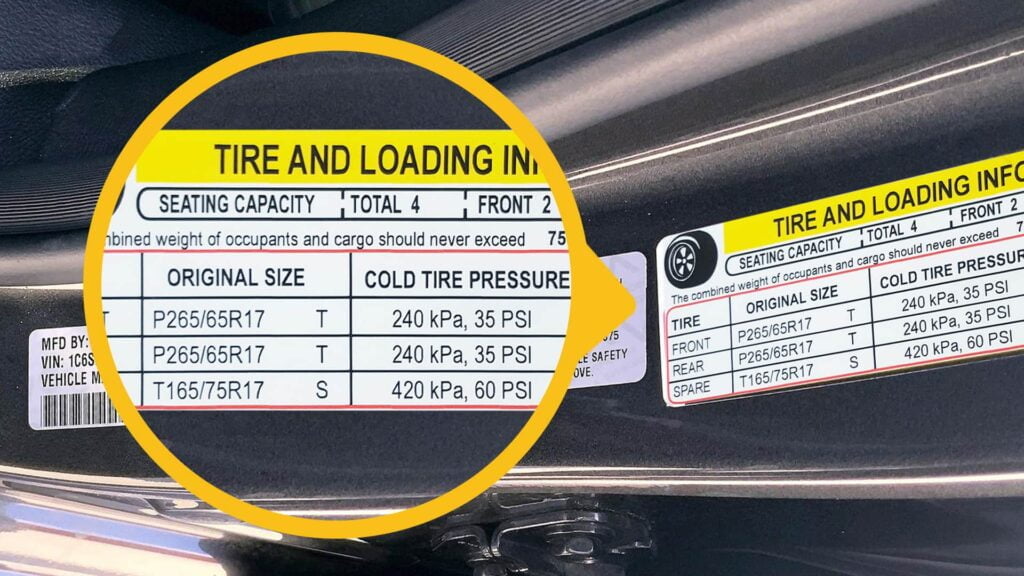
2. Check The Tread Depth
Secondly, regularly inspect your tire tread depth by visually inspecting them monthly. Make sure that they haven’t worn down to the wear bars or use the trusty penny test to gauge their health.
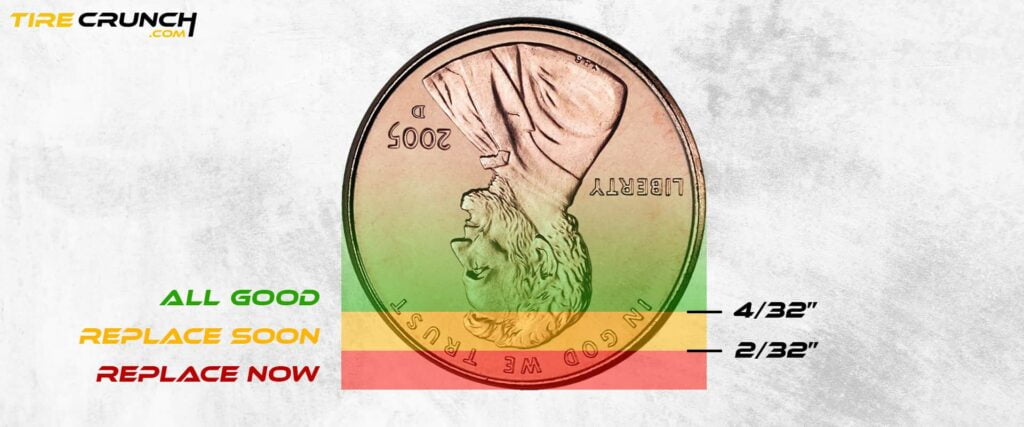
It’s important to keep in mind that the minimum legal tread depth for most states is 2/32″. However, if you want to ensure optimal safety while driving, it is advisable to replace your tires at a tread depth of 4/32″.
This is because having more tread on your tires creates a better grip on the road. When roads are wet, the treads disperse water and create channels enabling water beneath them. This allows traction with dry roads and prevents hydroplaning-induced and accidents.
3. Wheel Alignment
Thirdly, make sure to perform a wheel alignment at least once in 2-3 years because alignment problems often result in uneven tire wear.
However, if you hit a pothole or curb, it is advisable to get an alignment check since this can affect the car’s steering and suspension system.
4. Rotate Your Tires
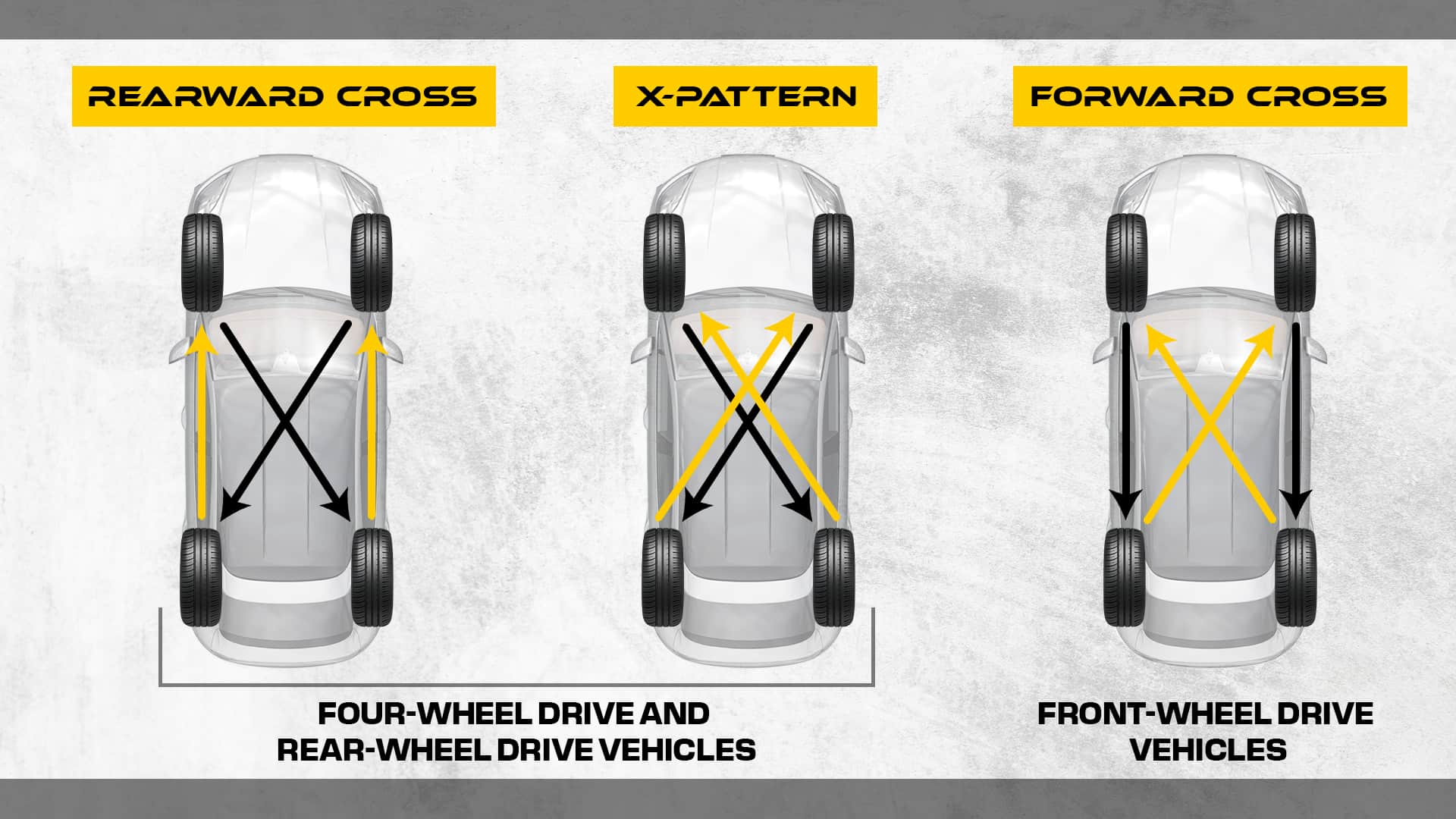
Fourthly, rotate your tires every 5,000 miles to keep them wearing evenly. Each tire position around your vehicle will wear differently. By rotating them regularly, you spread out each position’s unique wear patterns across each tire and get more life out of all four.
5. Rebalance Your Tires
Lastly, rebalance your tires every 12,000 miles since they become unbalanced as they wear down with time due to curb strikes and potholes which bend wheels and cause wheel weights to fall off causing cupping wears reducing their lifespan.
FAQs
Is It Safe To Drive On Tires With Showing Cords?
It is NOT safe to drive on tires with cords or wires showing. When the cords and wires of a tire are visible, it indicates that the tire IS WAY BEYOND its maximum wear limit and can cause potential hazards for you while driving.
Driving on such tires is extremely dangerous and puts you at risk for blowouts or punctures, leading to sudden loss of control over your vehicle.
What Are The Risks Of Driving On Tires With Showing Cords
When a tire wears out to the point where cords and wires become exposed, it no longer provides enough friction with the road surface. The risks of driving on such tires include reduced handling capabilities, poor traction in wet conditions (making it prone to slipping), steering instability, vibration while driving, etc.
Ignoring this warning sign may temporarily save funds but could ultimately cost you more money by risking accidents or collisions. Replacing those worn-out tires urgently reduces those risks ensuring safety precautions taken into account.
What To Do If The Cords Are Visible On My Tires?
If your tires show any signs of excessive wear like cord or wire exposure have them replaced immediately as driving with damaged-tire derived problems might lead to severe consequences resulting in a tire blowout or accident.
